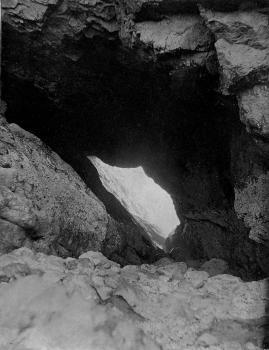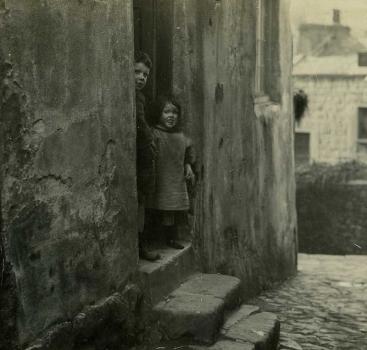Guernsey Newspapers
An overview from Duncan's Guernsey and Jersey Magazine, Vol. II, 1836. The Library has an extensive collection of these unique newspapers, many of which have been very kindly presented to the Library over the years, which can be viewed on request.


